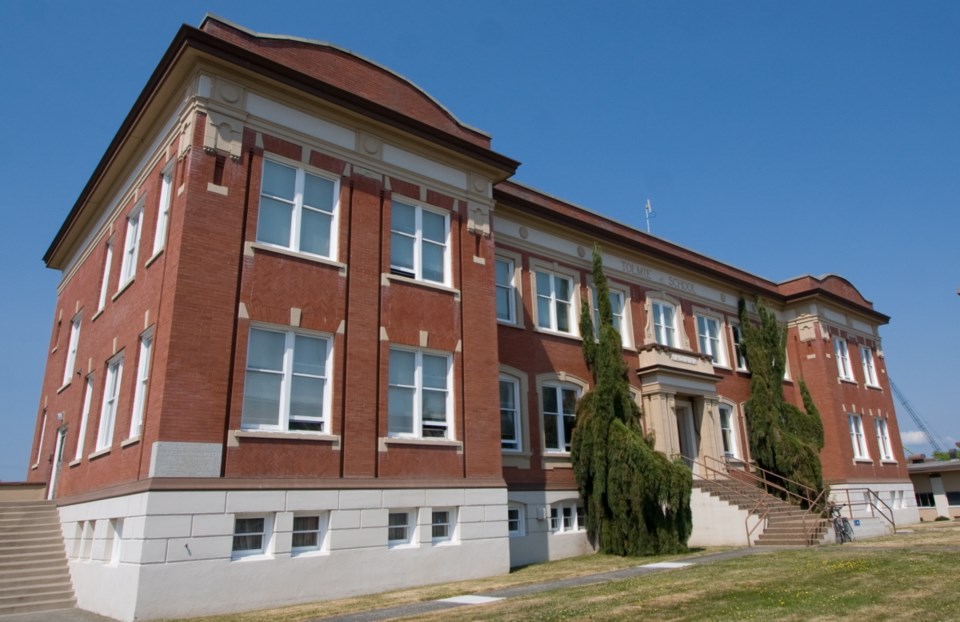In response to testing showing high lead levels in the water system at some sites, all 47 schools in the Greater Victoria school district will have filters in place before the academic year begins in September.
The filters will be in cooking areas and staff rooms and at least two of each school’s highest-use drinking fountains, with upgrades to continue until the end of October. Filters have been installed at 150 fountains and sinks so far.
“We’re going to filter all the fountains in the system,” said district secretary-treasurer Mark Walsh. “It’s actually fairly cost-effective. Our first step is to filter every one of them, and then our next step will be to do more testing to see the effect.”
The following step could be to start replacing some older fountains, Walsh said.
In the meantime, untested fountains or sinks will be clearly marked.
An overall budget of as much as $200,000 has been approved by the school board, he said.
“At this point we’re nowhere near there,” Walsh said. “When we take that next step of starting to replace some of the porcelain, older fountains, that’s when it will start to eat into the budget.”
There are 39 schools with at least one lead-related reading, Walsh said. In testing completed last June, there were 16 schools that had elevated lead levels even when pipes were flushed, while others had intake or preflush issues — with some preflush readings up to 10 times national guidelines.
At the time, Island Health medical health officer Dr. Murray Fyfe commended Greater Victoria school district officials for their monitoring efforts and plans to address the issue.
While Health Canada has linked lead exposure to behavioural problems and learning disabilities in children, Fyfe said children are generally exposed to less lead now than in the past.
An independent evaluation of the district’s lead concerns was presented to officials Monday by Goode Environmental Services. The evaluation concluded that the filters installed at the Uplands international-education site, for example, are “very efficient” at removing most of the lead while the water is running, but there can still be lead accumulation if the taps are not used for an extended period.
In the Saanich school district, officials decided last spring to install autoflushing devices at schools built prior to 1990, while in the Sooke school district, testing at schools built before 1990 found lead issues at only one site — the now-closed Metchosin Elementary School building.
The issue of lead in school water emerged in February when levels above national guidelines were found in four Prince Rupert schools. In March, it was determined that the water in the legislature office of Delta South MLA Vicki Huntington was 51Ú2 times the safe limit for lead.



